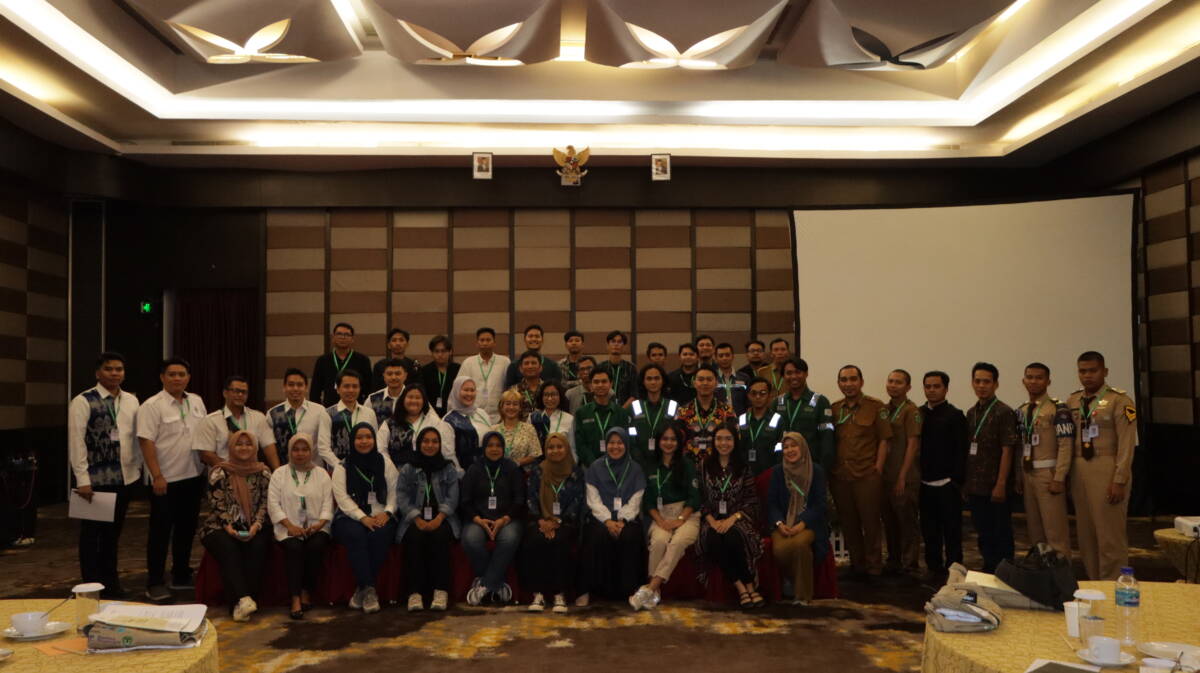The government is advised to immediately decide on the continuation of the specific natural gas price policy (HGBT). Read more on Bisnis Indonesia.
Ukraine has decided to stop gas exports from Russia to the European Union. The decision was made at 05:00 local time on January 1, 2025. Read more on Detik.com
Who would have thought that cow dung, which is often considered inferior because it gives off an unpleasant aroma, could be transformed into biogas. Karya Nugraha Jaya Cooperation in Kuningan has successfully utilized cow dung into biogas which is used as production fuel.
Read more on Kompas.com.

Balikpapan, September 5, 2023 - The Institute for Essential Services Reform (IESR) is collaborating with the Clean, Affordable and Secure Energy in Southeast Asia (CASE) program and the Office of Energy and Mineral Resources (ESDM) of East Kalimantan Province to organize a series of East Kalimantan Energy Exploration events—the first workshop of this series held…

PT Pertamina baru - baru ini merilis catatan adanya peningkatan konsumsi LPG nonsubsidi rumah tangga di wilayah DKI Jakarta, Jawa Barat, dan Banten secara signifikan (MOR III) dengan adanya penerapan kebijakan dan imbauan physical distancing oleh pemerintah demi mencegah penyebaran dan penularan #Covid19 lebih luas. Aktivitas di rumah, termasuk memasak, meningkat karena anjuran tersebut. …
